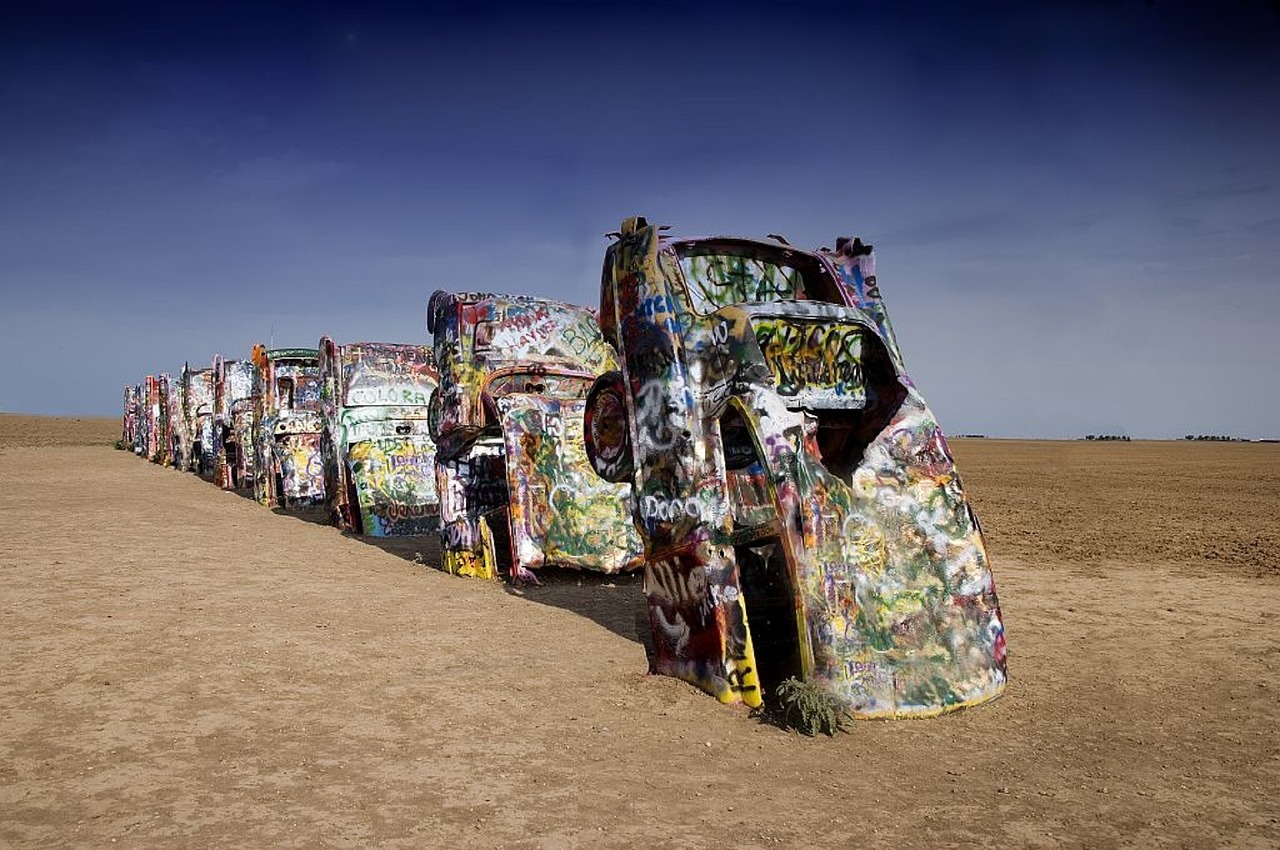mycadillac.com: How to lose a UDRP case with a famous brand

By Emily Taylor
Cadillac, iconic image of America in the 1950s and 1960s. Dream machine, pink and chrome with Elvis at the wheel, Eartha Kitt purring “long-enough-to-put-a- bowling-alley-in-the-back”, beloved of film makers and song writers. But not UDRP panels.
How did General Motors manage to lose a UDRP case for mycadillac.com?
General Motors should really have won this case. The domain name is so close to the world-famous brand that it’s practically identical. A Google search for My Cadillac produces over 127,000,000 results, the first pages exclusively referring to the brand. There is a long line of UDRP cases holding that the addition of a generic word to a famous brand does nothing to prevent confusion. The word “my” even emphasises a connection with the brand. As the WIPO panel in myphillips.com said
‘”myphillips” is at the very least confusingly similar, if not effectively identical, to the Complainant’s mark. The average internet user would likely confuse “myphillips” with products and services offered by KPENV under the PHILIPS mark.’
The term “my Cadillac” is used on the official Cadillac website. General Motors even operate a subdomain my.cadillac.com.
The domain name was offered for sale for over $57,000 dollars, far in excess of out of pocket purchase costs.
The mycadillac.com was used for sponsored links, although the panel found that they were non competing with General Motors’ business. Today, the domain name is offering sponsored links to “Cadillac XTS”.
The respondent, Chad Clegg, had over 80 other domain name registrations (although we have no detail about whether or not those included other famous brands).
Surely, this should be enough to win a UDRP.
What went wrong?
The parties submissions are never published, so this is guesswork based on the decision.
We know that the respondent came up with one of the most unconvincing explanations I’ve ever heard for why he chose the name – that he was referring to the city of Cadillac Michigan, and other geographical locations. That’s a real “pull the other one” excuse. By the way, prize for the lamest excuse ever goes to the registrant of preownedbentley.com, who said he registered the domain to sell his pre-owned statue of a donkey called Bentley.
Here, it seems there was no independent support for the Respondent’s explanation about why he registered the domain. For example, you have to dig deep into search results for “Cadillac” to find any reference other than to General Motors’ car. However, the Panel accepted the Respondent’s rather implausible explanation, albeit reluctantly, because it had no other evidence or argument before it.
A big issue in UDRP cases can be delay in bringing the case. Although there is no formal limitation period (unlike the New Zealand process), delay can make some elements of the UDRP evidentially difficult.
For example, in this case, there was 12 years between initial registration and UDRP complaint. Delay makes it difficult to prove what the “primary purpose in registering the domain” was. This knocked out one of the strongest elements of the case – the high offer for sale, because with such a lapse of time, the panel found no evidence that the domain was registered with that purpose.
Another important aspect was that, although the website mycadillac.com had pay per click advertisements, the panel found that there were no links relevant to Cadillac’s business. Since the decision was issued, the registrant has removed pay per click advertising entirely.
As the panel said, the UDRP is “not designed to transfer domain names in every case that a trademark owner might ultimately win”.
Top Tips to avoid UDRP heartache
The UDRP carries litigation risk like any other adversarial process. Every case turns on its own facts, and this isn’t legal advice, but here are four tips to help avoid some of the gotchas from this case:
- Don’t delay. Sometimes it can take a long time to become aware of a potentially infringing domain name – if so, just explain that. Don’t leave it up to the panel to make adverse inferences.
- If a Respondent comes up with an explanation from left field as in this case, put in a supplemental filing to deal with the new arguments. In this case, the panel had nothing from the Complainant to contradict the Respondent’s explanation for choosing the name “mycadillac.com”.
- Use of pay per click is not automatically evidence of bad faith. It depends on what types of links are there. Bad faith often follows where there are links relevant to the Complainant’s business, or links which are likely to result in damage to the brand.
- Do some digging. It’s certainly not against the law or the policy to have lots of domain name registrations, but a pattern of registering famous brands can be powerful evidence of bad faith. If you know a Respondent has over 80 other domain names, find out what they are. At the least, it will tell you as a Complainant whether or not the Respondent’s explanations ring true. At best, it could win your case.
- Do some more digging. How did the Respondent come up with a price of $57,000 for the domain? For example, if it was auto-generated through an algorithm it might be evidence of lots of traffic going to that site – evidence of commercial gain. It doesn’t help with the offer itself (“primary purpose” would be difficult with such a delay) but it might help with a likelihood of confusion argument.

